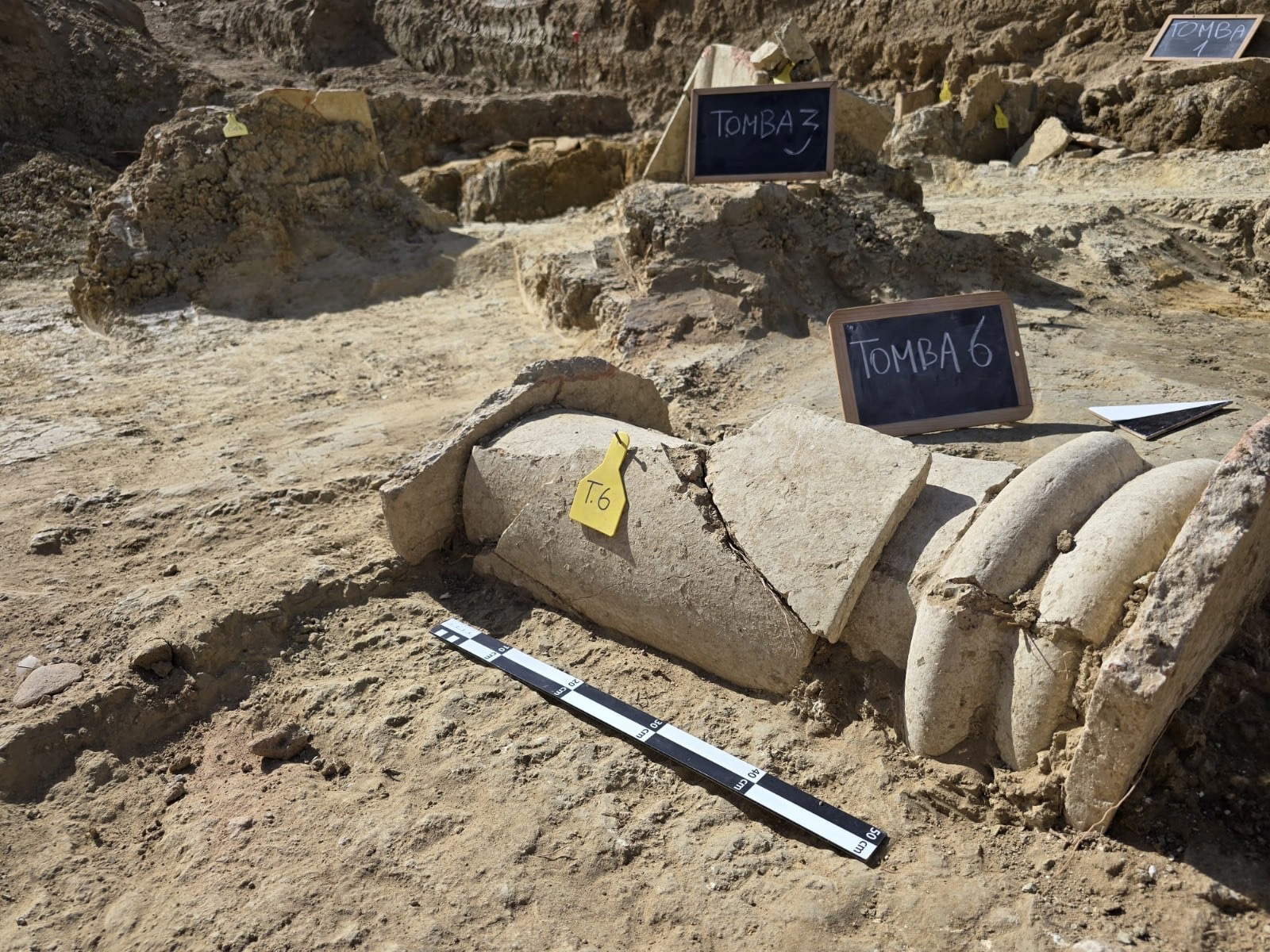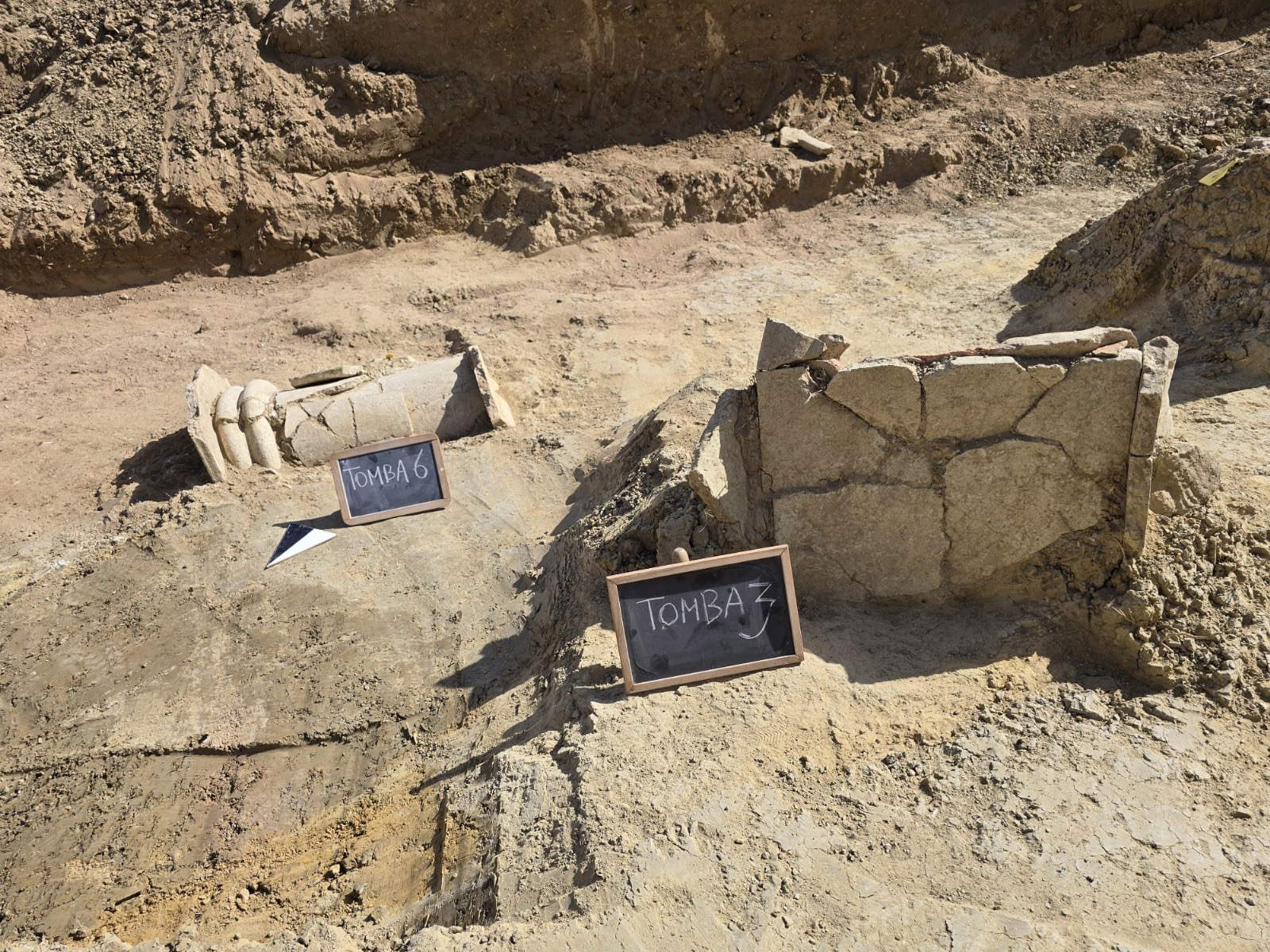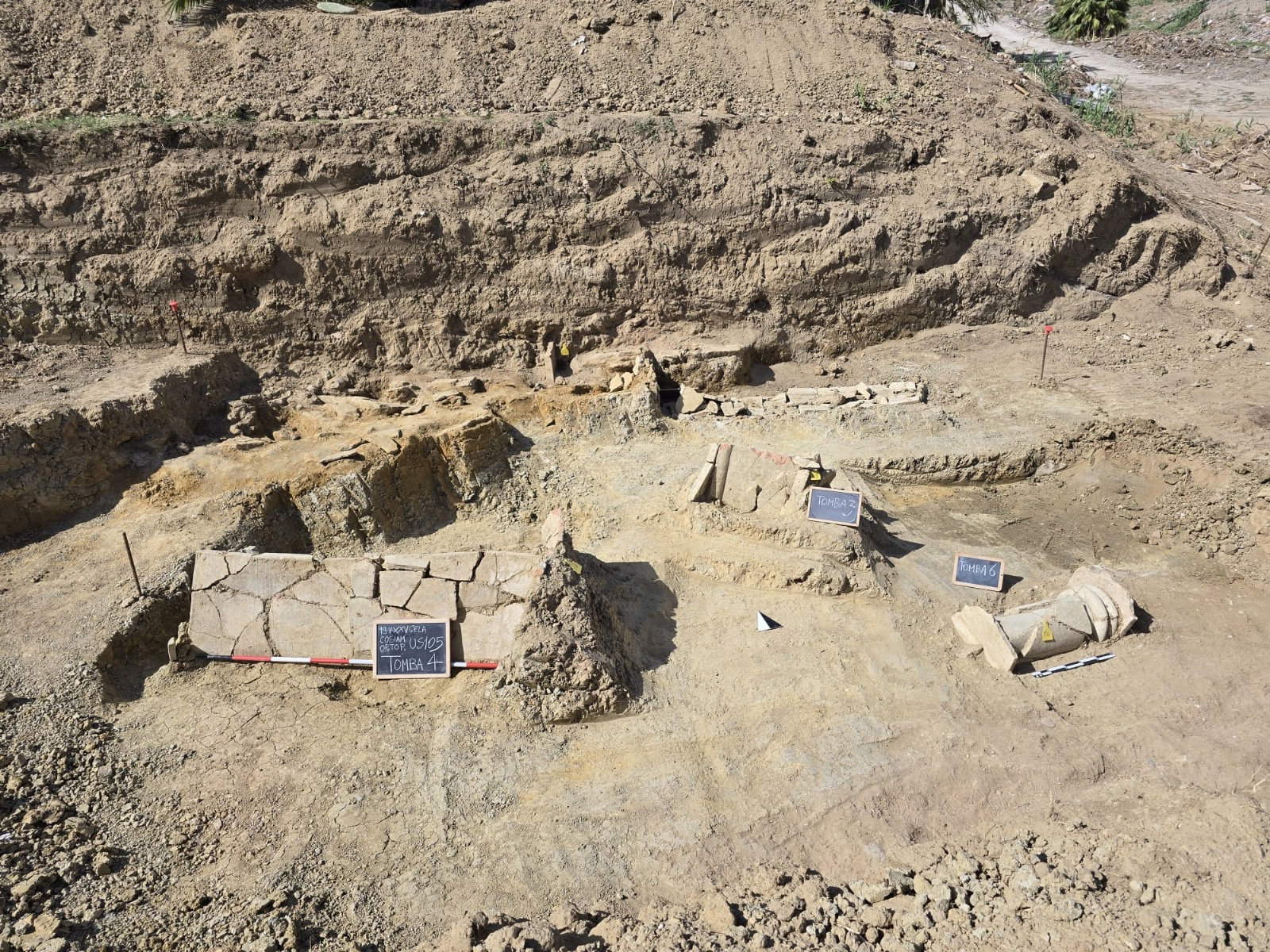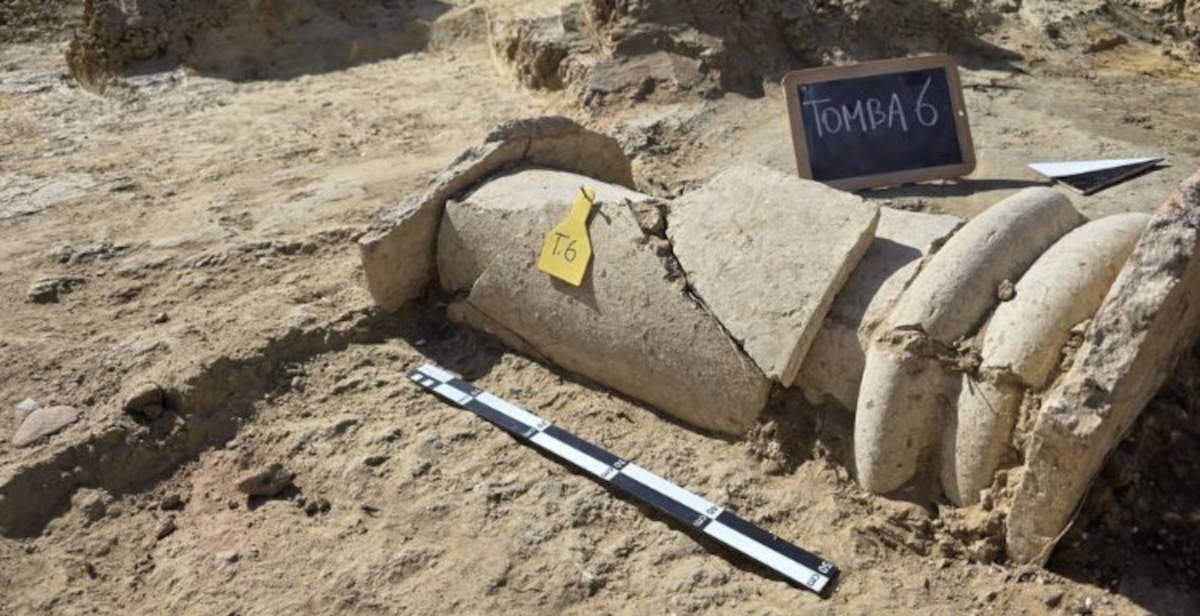During urban redevelopment work atOrto Pasqualello in the center of Gela, Sicily, six tombs belongingto an archaic necropolis dating from the period between the fifth and sixth centuries before Christ have emerged. The discovery occurred as part of preventive archaeology activities conducted by the Caltanissetta Superintendency of Cultural Heritage, in synergy with the municipality, as part of interventions financed through funds from the National Recovery and Resilience Plan (Pnrr). The burials, discovered during excavation operations planned for the green area recovery project, represent important archaeological evidence that adds to the already rich heritage of the Sicilian city.
“The intervention will continue in accordance with the redevelopment project, protecting and enhancing the finds that have emerged thanks to the collaboration with the Municipality of Gela,” say the regional councillor for Cultural Heritage, Francesco Paolo Scarpinato, and the superintendent, Daniela Vullo.


The burial ground identified so far includes six tombs: two referable to adult individuals, two to children, while the remaining two still need further analysis in order to establish their affiliation and characteristics. Among the most notable discoveries is a grave containing an architectural element known as a kalypter hegemon, which is a decorative fragment reused in ancient times, most likely from a sacred building in the area, perhaps a temple. This type of reuse of architectural materials in funerary contexts is not uncommon in the practices of the Greek world, but the specific presence of a kalypter at a peripheral site such as Gela opens new questions about the object’s original provenance and destination.
Also important are the findings within tomb number 1, where two lekythoi, small ceramic vessels generally intended to contain perfumed oils used in ritual practices, were identified. The dating of the finds places the burial in a phase between 500 and 475 BCE. However, what makes the tomb particularly interesting is the fact that the individual’s body had been removed shortly after the deposition, leaving only the grave goods intact. According to the interpretation put forward by archaeologists, the most plausible hypothesis is that a natural event (perhaps a clay flow) affected the area as early as ancient times, forcing the living to move the remains, but not the accompanying objects.

At the moment it has not yet been possible to establish with certainty whether the burials belonged to members of the same family unit, but the hypothesis is under consideration by archaeologists and could be confirmed through stratigraphic analysis of the area and anthropological study of the bone remains, where preserved. In this sense, the overall context of the find, characterized by close graves arranged in a relatively contained space, suggests an organized use of the funerary space, consistent with common practices in the Greek colonial centers of Sicily in the Archaic period. In addition to the tombs, the archaeological investigation also uncovered an artificially carved soft rock. Inside were found ceramic fragments traceable to a crater and some amphorae, objects related to the storage and consumption of liquids, probably wine or oil. The function of the rock remains uncertain at the moment: it could be an ancient disused quarry reused as a deposit, or it could be a ritual context associated with burials. The materials found within it are now being examined by experts for a more precise typological and chronological classification.
 |
| In Gela, Sicily, six archaic tombs emerge during urban redevelopment work |
Warning: the translation into English of the original Italian article was created using automatic tools. We undertake to review all articles, but we do not guarantee the total absence of inaccuracies in the translation due to the program. You can find the original by clicking on the ITA button. If you find any mistake,please contact us.